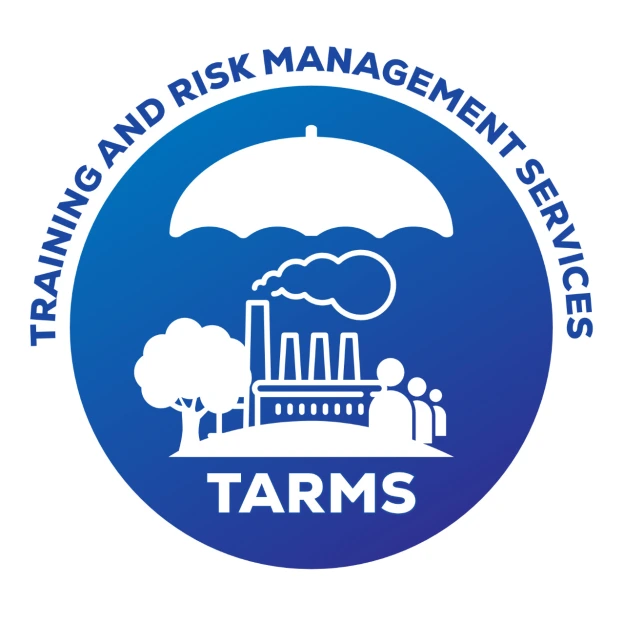
Why is an IMS required for organization?
An Integrated Management System (IMS) is often required or highly beneficial for organizations due to several compelling reasons, particularly those related to efficiency, compliance, risk management, and overall performance. Here’s why an IMS might be essential for an organization:
-
Streamlined Compliance
-
- Simplified Processes: Organizations that need to comply with multiple standards (e.g., ISO 9001 for quality, ISO 14001 for environmental management, ISO 45001 for health and safety) can streamline their compliance efforts by integrating these into a single system. This reduces the complexity of managing multiple audits, certifications, and regulatory requirements.
-
Improved Efficiency
-
- Elimination of Redundancies: An IMS consolidates various management systems, which reduces duplication of efforts, documentation, and processes. This leads to more efficient operations, saving time and resources.
- Unified Objectives: By integrating management systems, the organization can align its goals across different departments, ensuring that everyone is working towards the same objectives with consistent processes.
-
Enhanced Risk Management
-
- Comprehensive Risk Approach: An IMS provides a holistic approach to risk management by considering risks across different domains (quality, safety, environment). This allows the organization to identify, assess, and mitigate risks more effectively.
- Consistent Monitoring: With integrated processes, monitoring and responding to risks becomes more streamlined and consistent, reducing the likelihood of errors or oversights.
-
Continuous Improvement
-
- Culture of Improvement: An IMS promotes a culture of continuous improvement across the entire organization. By integrating management systems, continuous improvement initiatives can be more effectively implemented, tracked, and optimized across all areas.
- Feedback Loops: An IMS often includes robust mechanisms for feedback, performance monitoring, and process refinement, fostering ongoing enhancements.
-
Improved Communication and Collaboration
-
- Breaking Silos: By integrating management systems, departments that might otherwise work in isolation can collaborate more effectively. This leads to better communication, shared knowledge, and a more cohesive organizational culture.
- Cross-Functional Teams: An IMS encourages the formation of cross-functional teams that can address issues from multiple perspectives, leading to more innovative solutions.
-
Customer Satisfaction and Competitive Advantage
-
- Consistent Quality and Service: An IMS helps ensure that products and services meet customer expectations consistently by integrating quality management with other aspects of operations.
- Market Reputation: Organizations with an IMS often enjoy a stronger reputation in the marketplace, as they demonstrate a commitment to quality, safety, and environmental responsibility.
-
Cost Savings
-
- Resource Optimization: By eliminating redundant processes and improving efficiency, organizations can reduce operational costs. This includes savings on audits, training, and administration.
- Reduced Penalties and Fines: Better compliance with regulatory requirements through an IMS can reduce the risk of legal penalties and fines.
-
Alignment with Strategic Goals
-
- Strategic Integration: An IMS aligns the management systems with the organization’s overall strategy, ensuring that all processes and practices support the broader business objectives.
- Sustainability Goals: For organizations focused on sustainability, an IMS can integrate environmental and social governance (ESG) factors with operational and financial goals.
-
Simplified Reporting and Documentation
-
- Unified Reporting: An IMS enables consolidated reporting for different standards and management areas, simplifying the process of tracking performance, compliance, and improvements.
- Document Control: Managing documents under a single system reduces the complexity and potential errors associated with maintaining multiple document control systems.
-
Enhanced Employee Engagement and Training
-
- Unified Training Programs: An IMS allows for more efficient training programs that cover multiple areas, ensuring that employees are well-versed in all relevant standards and practices.
- Employee Involvement: By integrating systems, employees are more likely to be involved in multiple areas, enhancing their understanding and engagement with the organization’s goals.
NetShell
In summary, an IMS is often required for organizations that seek to optimize their operations, ensure compliance across multiple areas, and achieve sustainable, long-term success. The integration of different management systems into a cohesive framework provides a strategic advantage in today’s competitive and regulated business environment.

